BMW Says Its Revival of Rolls-Royce Was a Secret Operation originally appeared on Autoblog.
BMW may make luxury cars, but a Rolls-Royce is a Rolls-Royce
To many people who are and aren’t car enthusiasts, the British ultra-luxury brand Rolls-Royce is recognized as one of the most well-known brands producing some of the most luxurious cars on the road. Today, they’re owned by another name known for uncharted luxury and refinement: BMW.
The Bavarians revived the brand in the early 2000s by creating modern marvels like the Phantom, Ghost, and Cullinan, which combine opulent old-world elegance in a package tailor-made for the well-to-do in the 21st century.
As part of BMW North America's 50th anniversary, the company is sharing a series of stories from its illustrious history previously known only within Bavarian Motor Works. One such story recounts BMW's revival of Rolls-Royce, as it saved the brand in a fascinating and secretive revival with a twist worthy of a spy novel.
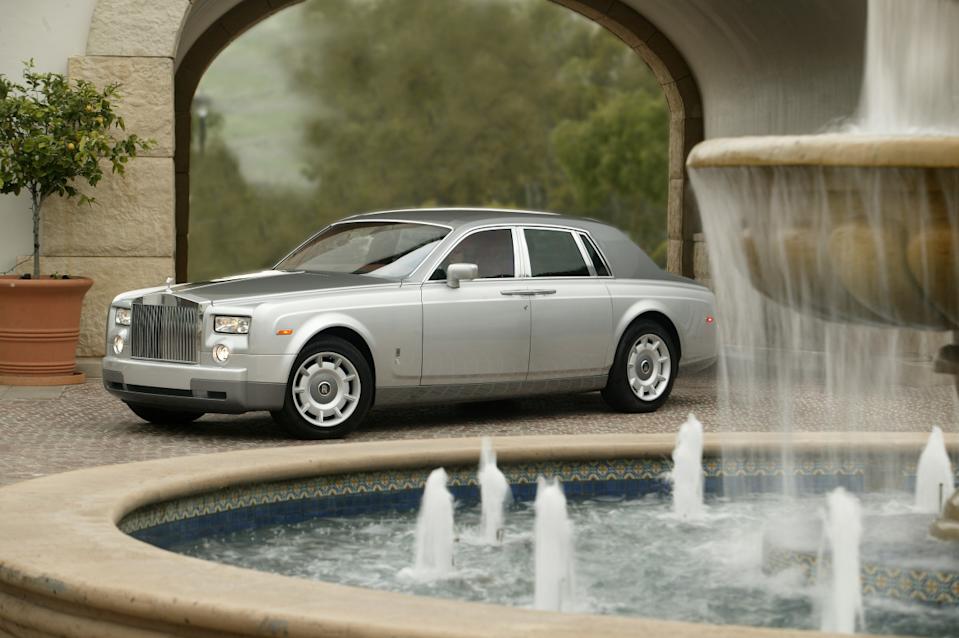
BMW took advantage of a major technicality
In 1998, defense and engineering firm Vickers PLC sold Rolls-Royce and Bentley to Volkswagen for £430 million ($703 million), as it “lacked the expertise or the resources needed to modernize the cars” sold under the respective marques, per BMW.
In The Complete Book of BMW, Tony Lewin wrote that BMW offered to buy 20% of Rolls and Bentley in the early 90s, but Vickers offered to sell the entire automotive operations, which Beemer refused. However, BMW kept a working relationship with Vickers by sharing its expertise, including some of its tech, components, and testing facilities, resulting in the 5 Series-based 1994 Bentley Java concept, the BMW V12-powered Rolls-Royce Silver Seraph, and the BMW V8-powered Bentley Arnage.

View the 2 images of this gallery on the original article
Though it seemed BMW would have to say goodbye to its relationship with Rolls-Royce, they discovered a technicality that it could take advantage of. Volkswagen had purchased the intellectual property, including its engineering and design documents, in its multi-million Euro transaction; it did not have possession of the Rolls-Royce name.
Coincidentally, the Rolls-Royce trademark and the famous double-R logo actually belonged to Rolls-Royce PLC, the aerospace company, a BMW business partner. For just £40 million ($66 million), BMW secured the trademarks, while Volkswagen agreed to sell BMW the Spirit of Ecstasy ornament design and grille shape trademarks in a separate agreement.
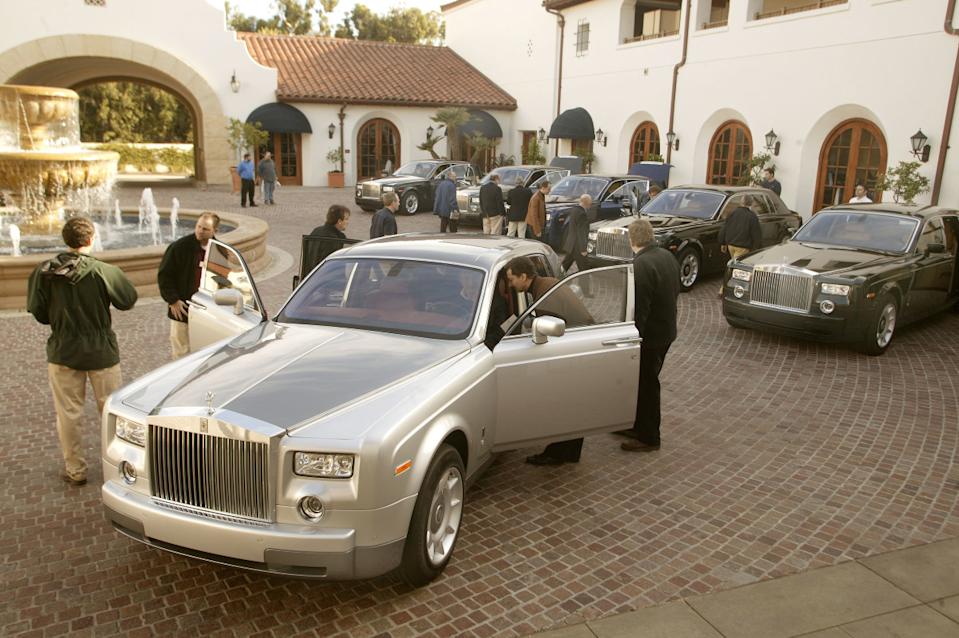
Re-starting Rolls had to be done in secret, according to BMW executives
With the rights to the Rolls-Royce name in hand, BMW needed an all-new car, a factory, and a dealer network in order to get the "new Rolls-Royce" up and running. Unabashed Anglophile, Karl-Heinz Kalbfell, BMW's then Head of Worldwide Product Planning, led the charge. Determined to keep the brand rooted in England, he struck a deal with the Duke of Richmond to build a facility on the Goodwood estate in Chichester, home to the Festival of Speed.
But until January 1, 2003, Volkswagen held the rights to sell Rolls-Royces, and BMW couldn’t legally use the Rolls-Royce name on a car. So Kalbfell’s team worked in a secret London office, supported by engineers in Munich and Gaydon. Per BMW, “BMW hadn’t acquired any of Rolls-Royce’s pre-existing intellectual property such as engineering or design documents, leaving the team free to create a truly new automobile.”
As a result, BMW designed a Rolls that was unlike any other Rolls. The new Phantom featured an aluminum space frame, a 6.75-liter BMW-based V12 tuned for massive torque, and design work by Ian Cameron, who reimagined the iconic grille and the Spirit of Ecstasy to be sleeker, safer, and theft-resistant.
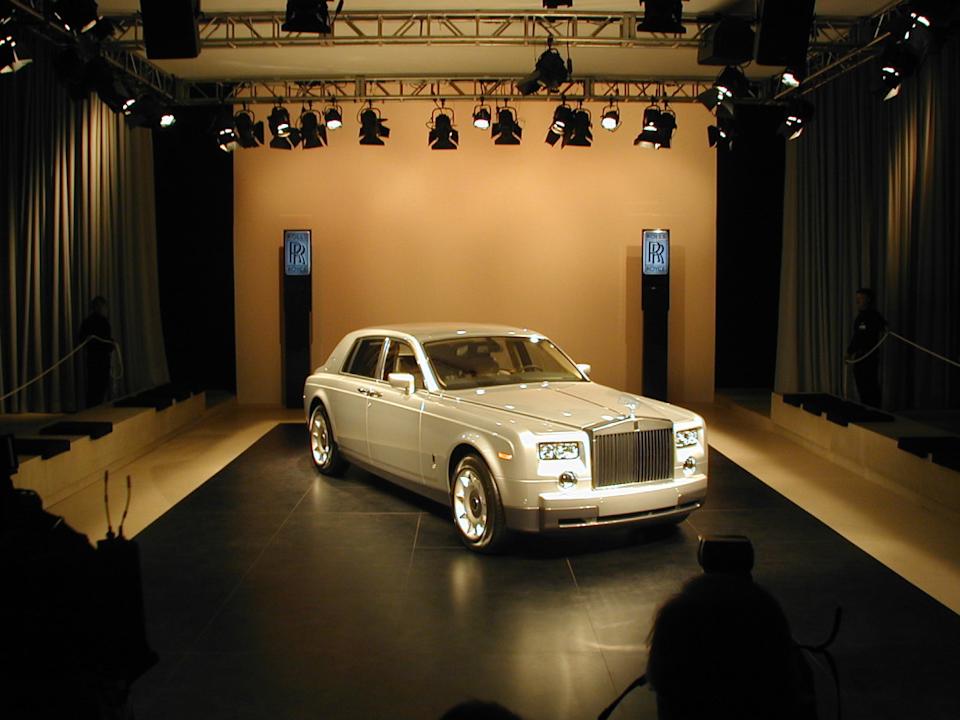
This level of secrecy extended to the car’s reveal. Robert Austin, the then North American Communications Director, recalled that in order to show the cars to prospective dealers, BMW rented out industrial buildings with “no signage, just a number on the door,” to show the new Phantom to a tightly-controlled audience.
“We set up three ‘closed rooms’ across the US. One was outside Miami, another in Culver City, California, and the third in a warehouse in Lyndhurst, New Jersey,” Austin said. “[…] Upon arrival, you’d be served coffee in a nice reception area, and then you’d be taken into a room where you’d see the story of Rolls-Royce. Finally, the lights would go out and we would reveal the new Phantom, long before anyone had even seen a spy photo of the car. It had a truly James Bond-like quality, and people loved it.”

The wraps officially came off at the 2003 Detroit Auto Show. “Most of the people at the show were kind of awe-struck,” Austin said. “It was more than they expected, physically overwhelming. But everyone had to admit that the new Rolls-Royce was beautifully built and exquisitely finished.” At $324,000, it wasn’t built for the average car buyer, but perfect for those with mansions, CEOs, celebrities, and anyone who wanted “the best car in the world.”
Customization was the key. Each Phantom was bespoke—buyers could choose any color, commission mother-of-pearl inlays, or have a monogram stitched into the upholstery, features that were invaluable to high earners in sports and entertainment.
“You know why so many people in the music business love Rolls-Royce cars?” Austin said. “Because it’s virtually silent inside, and it’s got a killer audio system.”
Final thoughts
This story raises many questions based on hypothetical scenarios, but mainly, it would be curious to know what would happen if BMW hadn't repurchased the Rolls-Royce trademarks in 1998. Would the next Rolls-Royce after the Silver Seraph be something that is based on a Bentley Continental GT? We may never know, but it's nice to hear the story from the storytellers who were there to see it for themselves.
BMW Says Its Revival of Rolls-Royce Was a Secret Operation first appeared on Autoblog on Aug 11, 2025
This story was originally reported by Autoblog on Aug 11, 2025, where it first appeared.
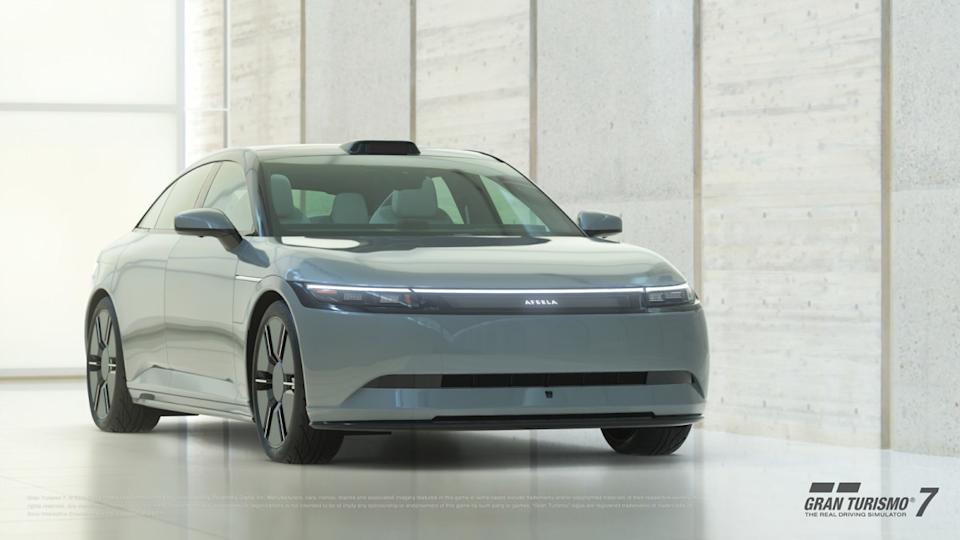


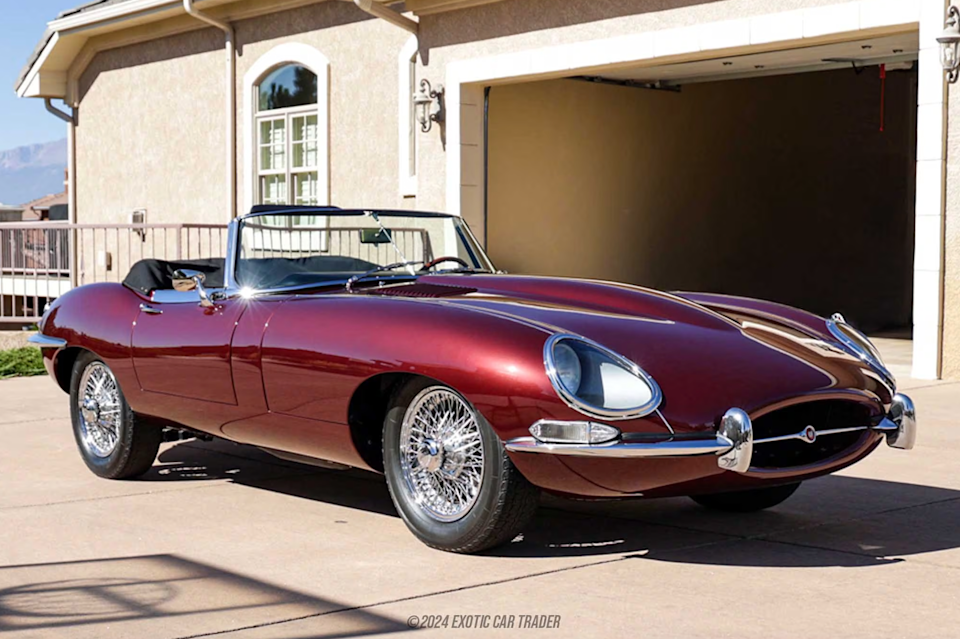
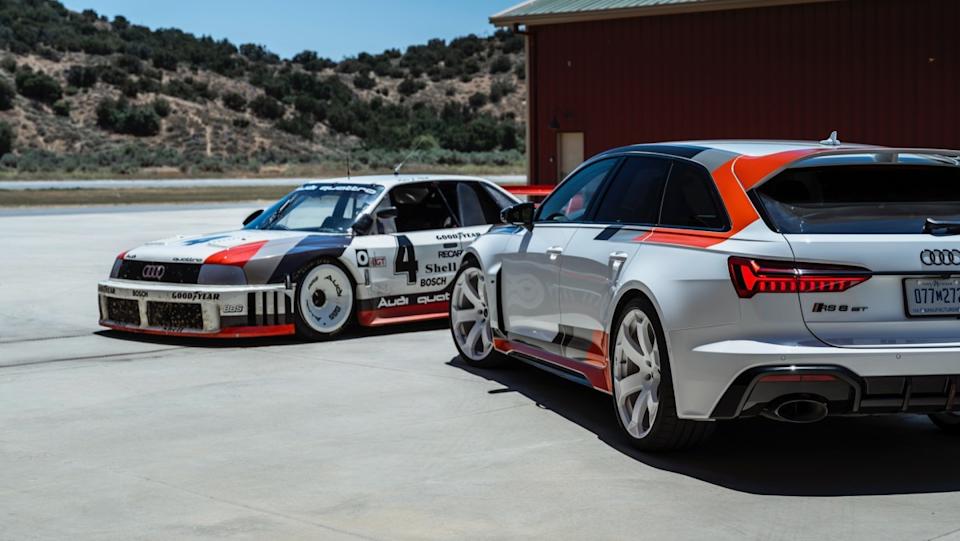



Comments